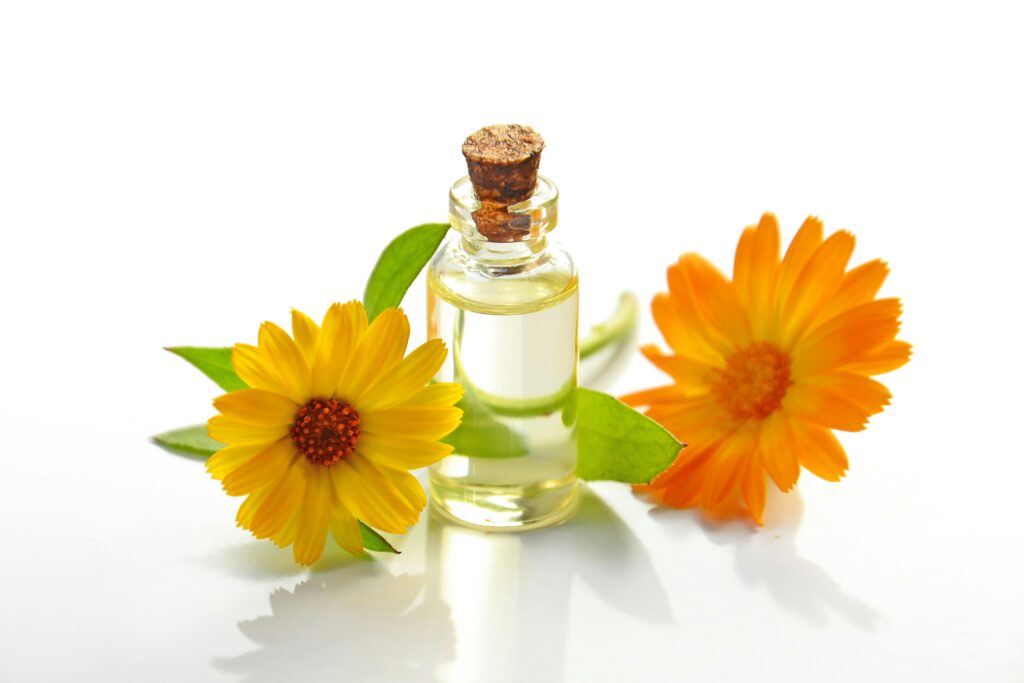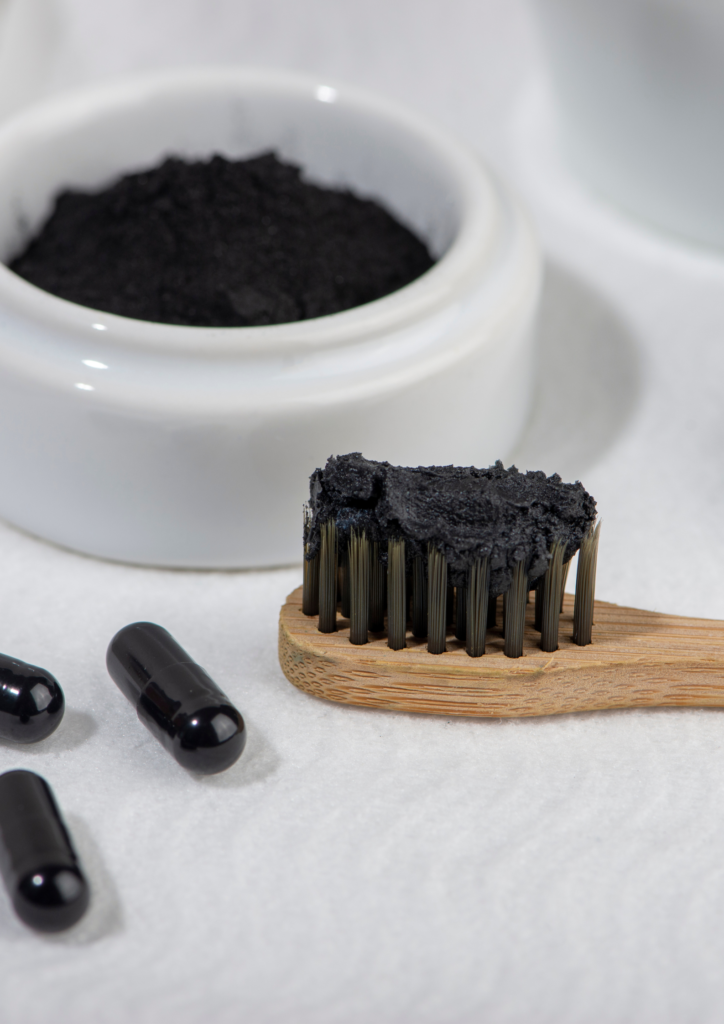Creating a Plastic-Free Home: A Comprehensive Guide
“Say no to plastic and yes to a greener future.”
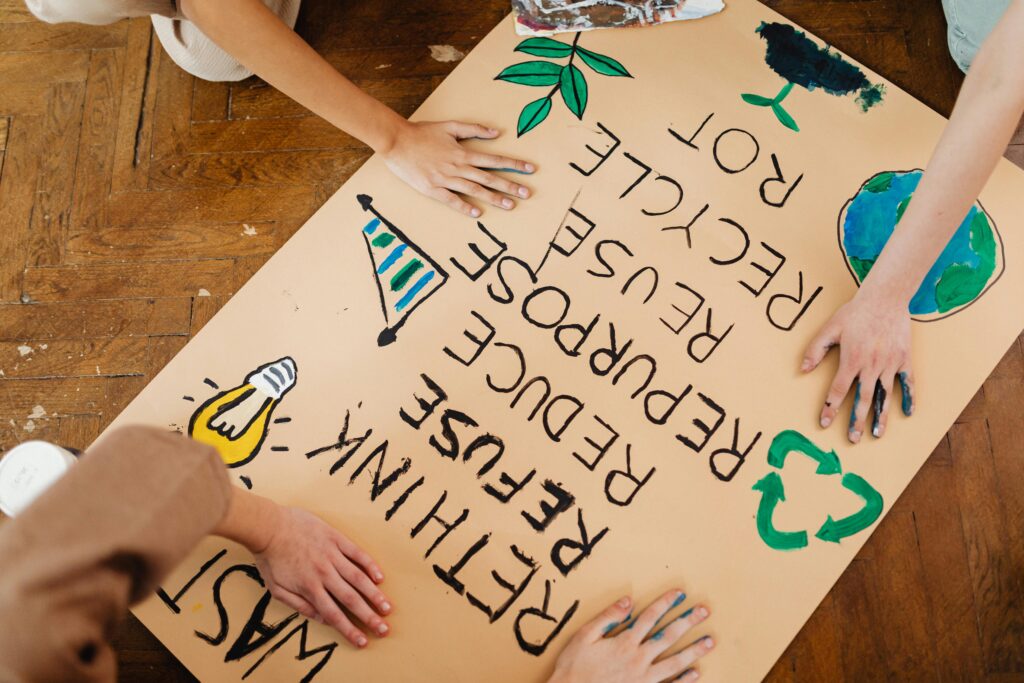
Plastics have revolutionized the modern world, making our lives more convenient and products more accessible. However, the convenience comes at a significant cost to our health and the environment. Transitioning to a plastic-free home is not only beneficial for the planet but also for your family’s well-being. This guide will explore why plastic is harmful, outline practical steps to reduce plastic in your home, and provide actionable alternatives for a sustainable lifestyle. Our homes are sanctuaries, but many are filled with harmful plastics that damage the environment and our health. This guide explores why reducing plastic is vital, practical ways to replace it, and tips for creating a mindful, eco-friendly home. Imagine a home where every item reflects care for your family’s health and the planet’s well-being—a space free from harmful chemicals and overflowing waste. This is the promise of a plastic-free home, and it’s not just a dream but an attainable reality.
Plastic has become deeply ingrained in our daily lives. From food packaging to furniture, it’s everywhere. While it offers convenience, the cost of plastic extends far beyond the price tag. Plastics pollute our oceans, disrupt ecosystems, and pose serious health risks due to toxic chemicals like BPA and phthalates. Meanwhile, microplastics have infiltrated our water supplies and even the food we eat. Making the shift to a plastic-free home is not only a step toward a healthier environment but also a journey toward intentional, sustainable living. By choosing eco-friendly alternatives and embracing mindful consumption, you can transform your household into a haven of sustainability. This guide will help you understand why reducing plastic is vital, introduce you to practical swaps for every room, and provide simple DIY solutions to minimize waste. Together, we’ll explore how small, conscious changes can lead to a big impact on the planet—and your peace of mind. Let’s dive in and start creating a plastic-free sanctuary you can truly be proud of.
Why Is Plastic Bad?

Plastics have infiltrated almost every aspect of daily life, but their harmful effects are undeniable:
Environmental Impact
- Non-Biodegradable: Plastic takes hundreds of years to decompose, clogging landfills and polluting ecosystems.
- Marine Pollution: Every year, 8 million tons of plastic end up in the oceans, threatening marine life and ecosystems. Over time, plastics break down into microplastics, which are ingested by animals and eventually humans.
- Carbon Footprint: Plastic production contributes significantly to greenhouse gas emissions.
Social impact
- Global Waste Inequality: Many developing nations bear the burden of plastic waste exported from wealthier countries.
Health Concerns
- Chemical Leaching: Plastics contain harmful chemicals like BPA and phthalates that can leach into food and beverages, disrupting hormonal functions .
- ion: Burning plastic releases toxic gases such as dioxins, which are linked to respiratory issues and cancer.
- Microplastics in Food: Studies show humans consume up to 50,000 microplastic particles annually through food, water, and air.
The Benefits of a Plastic-Free Home
“We don’t need a handful of people doing zero waste perfectly. We need millions of people doing it imperfectly.” – Anne-Marie Bonneau
Benefits of a Plastic-Free Home
| Category | Benefits |
|---|---|
| Health | Reduces exposure to toxic chemicals |
| Environment | Lowers waste and pollution |
| Economy | Saves money on disposable items |
| Mindset | Encourages mindful consumption |
Alternatives to Plastic: Practical Swaps for Every Room
Kitchen
| Plastic Item | Alternative | Benefits |
|---|---|---|
| Plastic food wrap | Beeswax wraps | Reusable, compostable, and safe |
| Plastic containers | Glass or stainless steel containers | Durable and chemical-free |
| Plastic utensils | Bamboo or stainless steel utensils | Biodegradable or long-lasting |
Bathroom
| Plastic Item | Alternative | Benefits |
|---|---|---|
| Shampoo bottles | Shampoo bars | Minimal packaging, natural ingredients |
| Toothbrush | Bamboo toothbrush | Biodegradable handle |
| Body wash | Bar soaps with compostable wrappers | Less waste, more natural options |
Living Room
- Decor: Use natural fibers like jute or hemp for rugs and curtains instead of synthetic materials.
- Storage: Opt for woven baskets or recycled wooden crates instead of plastic bins.
Shopping Habits
- Bring reusable bags for groceries.
- Choose products with minimal or compostable packaging.
- Support bulk stores to reduce single-use plastics.
Steps to Create a Plastic-Free Home
Transitioning to a plastic-free lifestyle requires intentional choices and gradual changes. Here’s how to get started:
1. Conduct a Plastic Audit
- Identify plastic items in your home (e.g., packaging, utensils, storage).
- Categorize them into reusable, recyclable, or replaceable items.
2. Replace Single-Use Plastics with Alternatives
| Plastic Item | Alternative | Benefits |
|---|---|---|
| Plastic bags | Cloth or jute bags | Durable and biodegradable |
| Plastic water bottles | Stainless steel or glass bottles | BPA-free and reusable |
| Plastic food containers | Glass or stainless steel containers | No chemical leaching |
| Cling film | Beeswax wraps or silicone covers | Reusable and eco-friendly |
| Disposable cutlery | Bamboo or metal utensils | Compostable or reusable |
3. Make DIY Replacements
DIY Beeswax Wraps
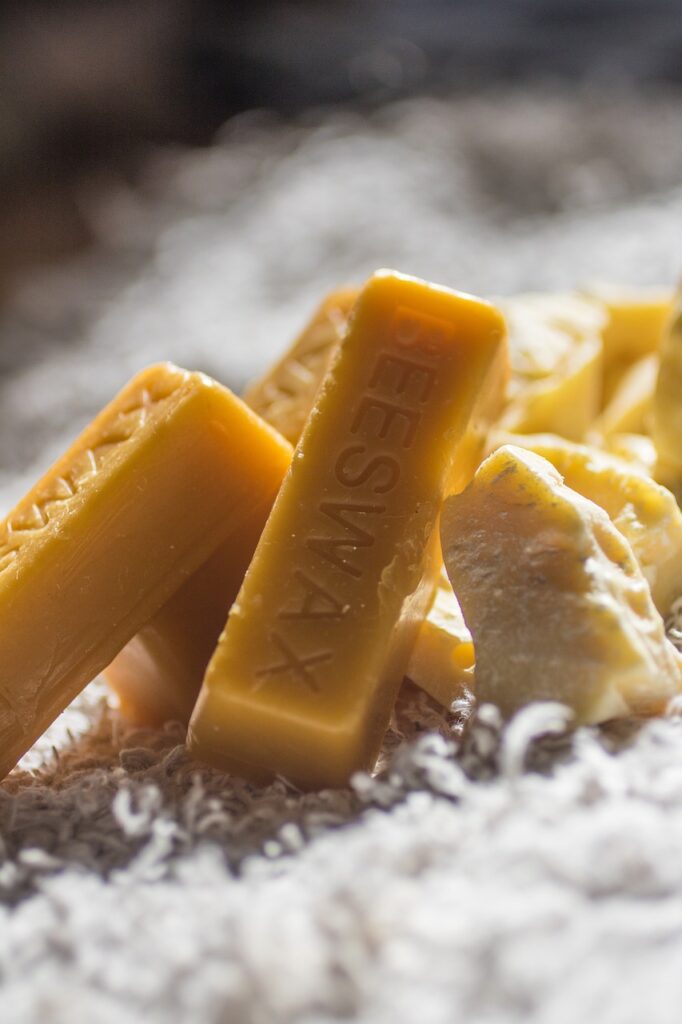
Ingredients:
Instructions:
- Preheat your oven to 150°C (300°F).
- Lay fabric on a baking sheet and sprinkle with beeswax and jojoba oil.
- Bake for 5 minutes until melted. Spread evenly, let cool, and reuse.
Room-by-Room Plastic-Free Solutions
Kitchen
- Switch to Bulk Buying: Reduce packaging by purchasing grains, nuts, and spices in bulk using your own containers.
- Compost Food Scraps: Use a compost bin instead of plastic garbage bags.
- Reusable Dishware: Replace disposable cups and plates with ceramic or stainless steel options.
Bathroom
- Natural Toothbrushes: Opt for bamboo toothbrushes instead of plastic ones.
- Bar Soaps and Shampoos: Replace liquid products in plastic bottles with solid alternatives.
- DIY Toothpaste: Make your own toothpaste with baking soda and coconut oil. Find the recipe here. Read more on our previous blog about why you should make your own toothpaste.
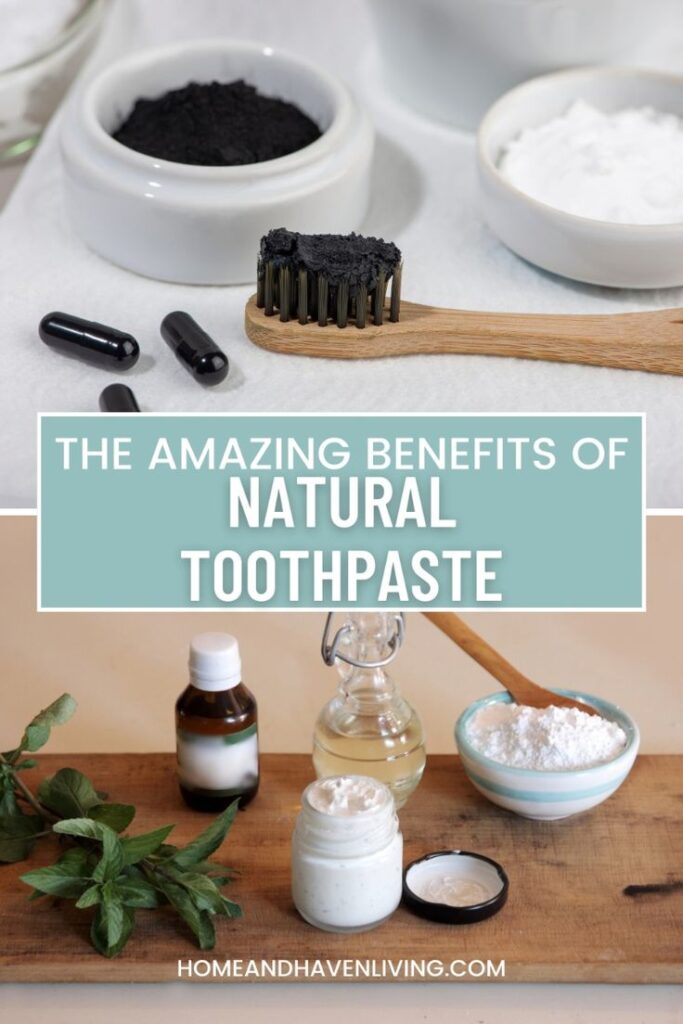
Living Spaces
- Decor: Use natural fibers like cotton or wool for rugs and throws.
- Cleaning Supplies: Replace plastic cleaning tools with wooden brushes and cloth rags.
Tips for Staying Committed
“Small acts, when multiplied by millions of people, can transform the world.”
1. Start Small
- Replace one item at a time. Focus on high-impact areas like groceries and cleaning supplies.
2. Invest in Quality Alternatives
- Durable, reusable items are often more expensive upfront but save money over time.
3. Embrace DIY Culture
- Making your own products is cost-effective, creative, and often healthier.
4. Involve Your Family
- Teach children about the importance of sustainability and let them help with DIY projects.
5. Educate yourself
- Learn about the environmental and health impacts of plastic use.
6. Celebrate success
- Acknowledge milestones to stay motivated.
Key Takeaways
“Plastic pollution is not a problem that can be solved tomorrow. But every choice you make today matters.”
| Tip | Why It Works |
|---|---|
| Audit your plastic usage | Helps identify areas for improvement |
| Invest in quality items | Saves money over time |
| Choose natural materials | Reduces environmental and health impacts |
A plastic-free home isn’t built overnight, but every small change creates a ripple effect for a healthier, more sustainable future. By embracing these practices, you’ll not only enhance your quality of life but also contribute to the global movement toward a cleaner planet. Transitioning to a plastic-free home is more than just swapping out single-use plastics for sustainable alternatives; it’s a lifestyle shift that aligns your daily choices with your values. By reducing reliance on plastics, you’re not only contributing to a healthier planet but also fostering a safer, toxin-free environment for yourself and your loved ones.
Living without plastic may seem daunting at first, but small, consistent changes can lead to transformative results. Start by examining your habits—how you shop, store, clean, and consume—and make one simple switch at a time. For instance, replace cling wrap with beeswax wraps, opt for a bamboo toothbrush, or choose bar soap over liquid soap in a plastic bottle. Each action you take ripples outward, inspiring those around you to rethink their own choices.
This journey is not about perfection but progress. It’s about being mindful of the impact your household has on the environment and making adjustments that contribute to a more sustainable future. Along the way, you’ll discover the joy of simplicity, the creativity of DIY projects, and the satisfaction of reducing waste.
Creating a plastic-free home doesn’t just benefit the planet—it enriches your life. You’ll cultivate a deeper connection to your belongings, the resources you use, and the world around you. By embracing sustainability, you’re leaving a legacy of care and stewardship for future generations.
So, take the first step today. Whether it’s switching to reusable shopping bags or making your own natural cleaning products, every choice matters. Together, we can build homes that are healthier, greener, and reflective of our commitment to a brighter, plastic-free future.
Your journey starts now—let’s make it a lasting one.

References
- World Economic Forum. “The New Plastics Economy.” 2021.
- Environmental Health Perspectives. “Health Risks of Plastics.” 2020.
- Zero Waste Living. “Tips for a Plastic-Free Lifestyle.” 2022.
As an Amazon Affiliate, we earn from qualifying purchases, but at no extra cost to you.

